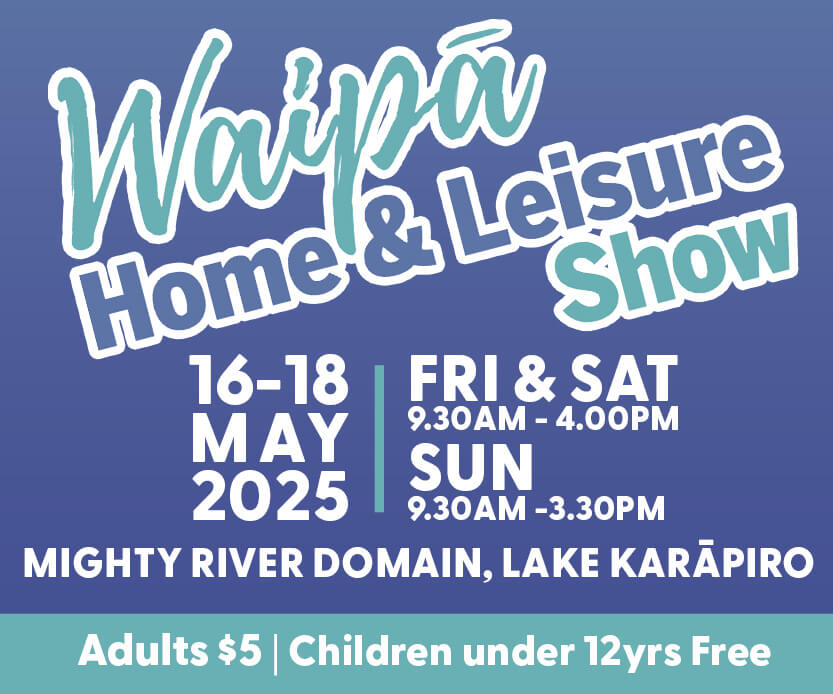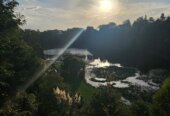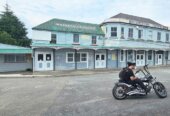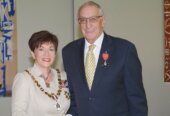Misinformation is not new. Sometimes confusion reigns and wrong information is innocently shared. Sometimes tabloids make clickbait headlines that are wildly misleading, so you visit their website, and they make money. Now we also have people on social media posting misinformation for likes in stressful and even dangerous situations. This situation is so urgent that I wrote about the topic online last week.
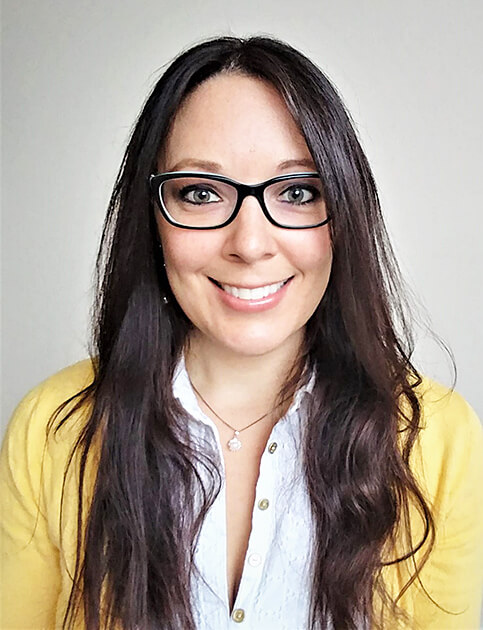
Janine Krippner
I am following the situation around Santorini, where there is real danger to people experiencing frequent earthquakes. This is a situation that is truly impacting communities and there is a risk that something worse may happen, like a larger, more damaging earthquake.
Now that we have AI and much more convincing fake videos to contend with, we must be even more cautious and sceptical, especially if we are viewing something on social media. So how can we tell?
Firstly, who is the source? Is it a trustworthy agency who checks facts? Is it an expert or trusted local – or someone who tends to post a lot of dramatic videos for likes with captions containing all caps and hyped-up language?
There seems to be a race to be the first to post about an eruption these days. The desperation to go viral might have something to do with it.
Does something seem off about the video? Is the colouring wrong? Does something about the physics, like water behaviour, seem a bit weird? Is the colouring saturated or a bit unrealistic? If there are people, is their behaviour odd? Are features blurred? AI generated images can get things wrong, like adding the wrong number of fingers. Are people responding as you would expect them to during an eruption?
There is a term ‘uncanny valley’ that refers to feeling ‘off’ when looking at something that isn’t quite real. Go with your gut and check again.
Looking at the landscape is important. Santorini is a very recognisable island with steep slopes and the classic white buildings. Some people have shared a video of Whakāri with a gas plume.
EuroNews used reverse image search to identify our backyard volcano was standing in as a fake.
I’ve even seen an old computer-generated simulation of an Auckland volcanic field eruption shared with claims of It depicting past eruptions at other volcanoes in very different landscapes. That was made back when it was obviously not real… if you take the time to look.
What else is in the image or video? Is everything to scale? Make sure there isn’t any strange blurring between objects, or any areas that look too smooth or air brushed.
Is there any text? There might be repetition of words or bad spelling if there is.
Sometimes it just takes slowing down and taking a few seconds before sharing something online, but it is getting trickier. We can point out when something isn’t right in the comments so that others can see it too.
In hazardous situations we all have a role to play in making sure we are sharing good information.
We might be all the way over here in Aotearoa, but people being impacted by these events can see what’s posted online and this can cause very real distress.
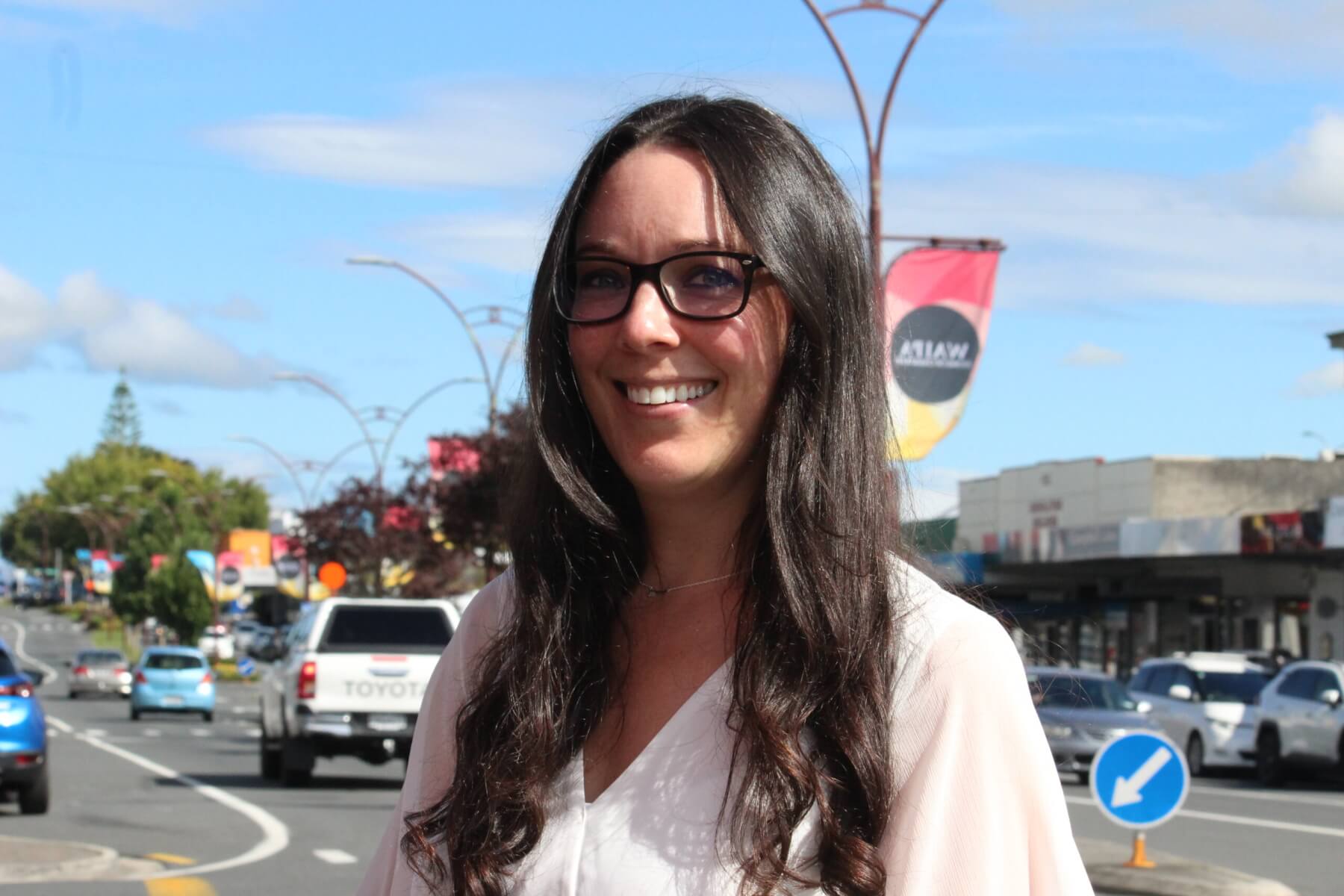
Janine Krippner. Photo: Mary Anne Gill.



